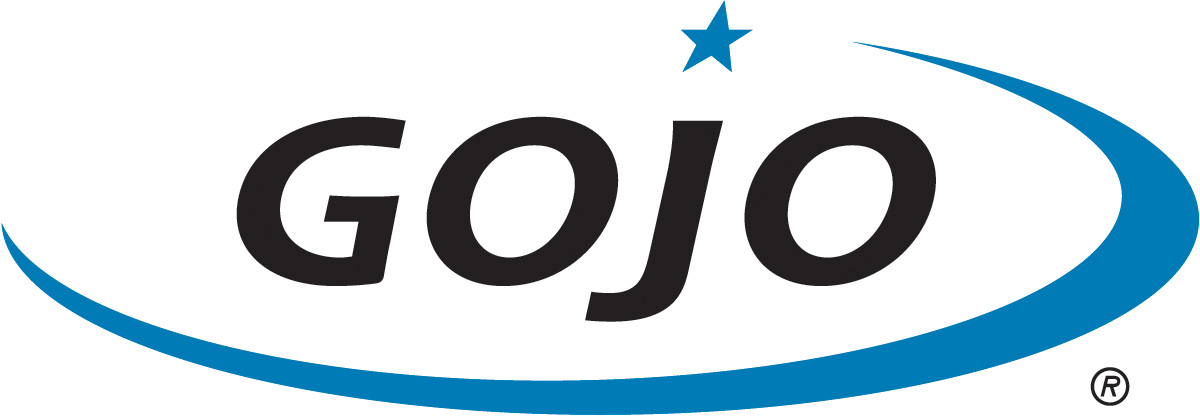GOJO Blog: Biomimicry - Combining Innovation and Sustainability
By Emily Kennedy Biomimicry Fellow, GOJO

Biomimicry is a design-by-analogy method. It involves repurposing biological strategies to solve human technical and social challenges. As a result of natural selection, biological strategies are highly adapted and differentiated, and tend to be remarkably resource efficient. This makes biology a rich source of inspiration for novel, environmentally sustainable product innovations.
GOJO is rapidly becoming an industry leader in this emergent field, building capability in biomimicry through a strategic partnership with the University of Akron’s Biomimicry Fellowship Program, co-developed by Great Lakes Biomimicry. Tom Marting, Director of Facilities and Resources Management at GOJO, and I have played integral roles in incorporating biomimicry into the company’s research and development approach. We recently co-authored a detailed case study, which published in the most recent issue of Research-Technology Management, documenting a successful implementation of biomimicry at GOJO. This peer-reviewed journal is a leading source of knowledge and best practices on innovation management for leaders of research, development and engineering worldwide.
The open-access article, titled “Biomimicry: Streamlining the Front End of Innovation for Environmentally Sustainable Products,” chronicles a project Tom and I co-led where concepts for energy-efficient soap and sanitizer dispensers were generated by a cross-functional team using biological strategies for fluid distribution as ideation stimulus.
To determine the extent of the advantages offered by biomimicry, the biomimicry project’s performance was compared to a similar pump development project GOJO executed in 2010. The preliminary data strongly suggests that biomimicry may offer real advantages in the front end of innovation for both improved innovation performance and improved sustainability.
The case study demonstrated that compared to the 2010 project the application of biomimicry produced:
- Double the intellectual property – with a greater proportion of the concepts from the biomimicry project converting from notices of invention to patent applications
- Double to quadruple the energy efficiency compared to technology in the market today
- Impressive results with approximately one-sixth of the personnel and financial resources
We encourage other organizations to try biomimicry as an experiment in sustainable innovation. Biomimicry presents many potential gains including a strong ecological return on investment. Learn more about biomimicry and the GOJO commitment to creating Sustainable Value at www.GOJO.com/sustainability.

